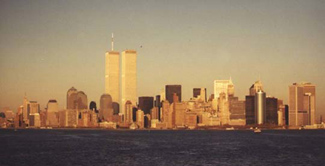The Top 24 Urban Areas of the United States, 1790
1 New York city, NY *..................... 33,131
2 Philadelphia city, PA *................. 28,522
3 Boston town, MA *....................... 18,320
4 Charleston city, SC..................... 16,359
5 Baltimore town, MD...................... 13,503
6 Northern Liberties township, PA *....... 9,913
7 Salem town, MA.......................... 7,921
8 Newport town, RI........................ 6,716
9 Providence town, RI *................... 6,380
10t Marblehead town, MA..................... 5,661
10t Southwark district, PA *................ 5,661
12 Gloucester town, MA..................... 5,317
13 Newburyport town, MA.................... 4,837
14 Portsmouth town, NH..................... 4,720
15 Sherburne town (Nantucket), MA *........ 4,620
16 Middleborough town, MA.................. 4,526
17 New Haven city, CT *.................... 4,487
18 Richmond city, VA....................... 3,761
19 Albany city, NY......................... 3,498
20 Norfolk borough, VA..................... 2,959
21 Petersburg town, VA..................... 2,828
22 Alexandria town, VA *................... 2,748
23 Hartford city, CT *..................... 2,683
24 Hudson city, NY......................... 2,584





